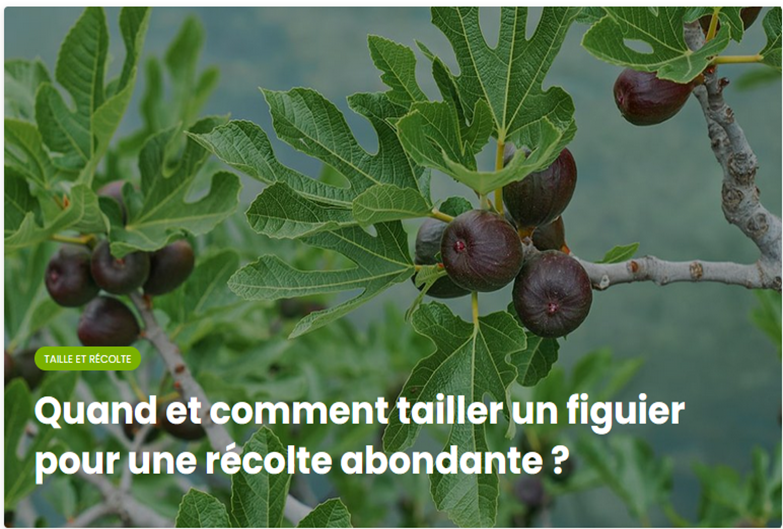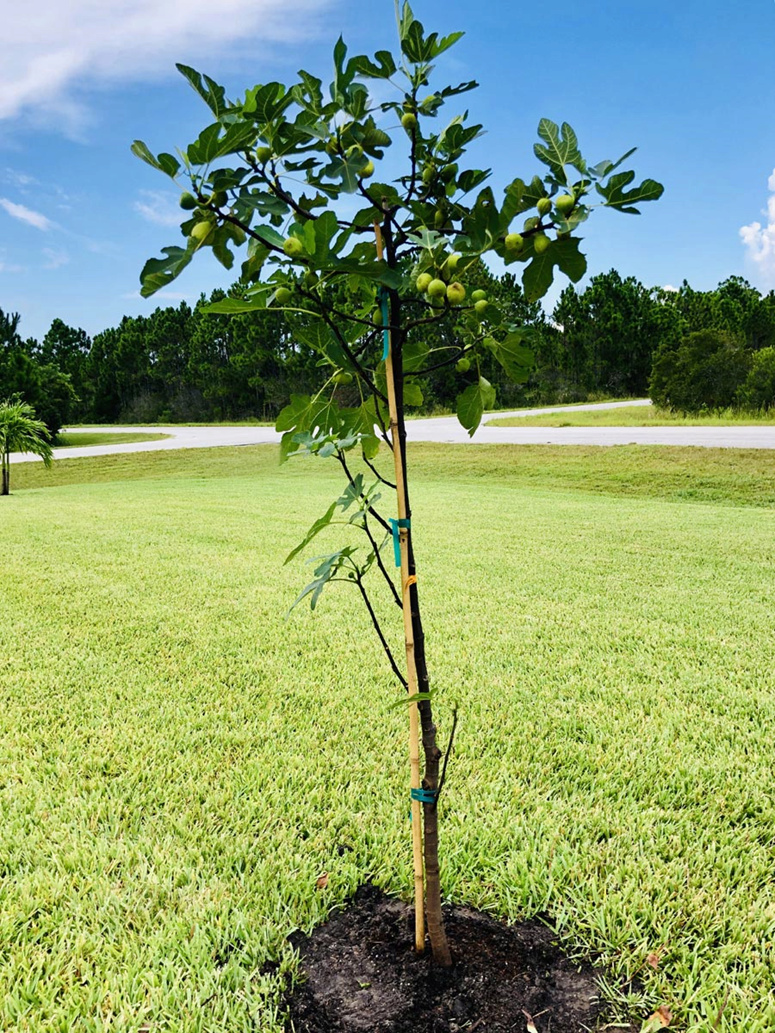?When and how to prune a fig tree for a bountiful harvest

How to prune a fig tree? This is a question that many of our readers ask themselves. Let's take a look at the different types of pruning and follow our advice to have a fig tree with an elegant appearance and abundant production.
The fig tree Ficus caria
The Fig Tree, also known under the names “Carique Tree”, “Common Fig” and “Carie Fig”, finds its origins in the Middle East. For centuries, it has been the emblematic symbol of the Mediterranean Basin, where it is easily cultivated.

It is characterized by its medium size, generally oscillating between 4 and 8 meters in height, and the delicious oval fruits that it produces.
Displaying a spreading and rounded shape, the fig tree can withstand colder climates, as long as it is placed in a well-sheltered location to ensure optimal fruiting.
The figs we eat are actually the result of the development of the “syconium”, the receptive part of the flower, while the real fruits are numerous small grains, called “achenes”, enclosed in the flesh. Not to be confused with prickly pears, the fruit of the Opuntia cactus.

There are two main categories of fig trees: the uniferous, producing an annual harvest, and the biferal, offering two harvests, with first the flowering figs at the end of the branches, followed by the autumn figs which form at the end of the branches. leaf axils.
The different types of size
There are different types of pruning for a fig tree that meet different needs.
Training size
Maintenance pruning
Rejuvenation pruning
Training size
It is carried out during the first years of your fig tree. It balances the branches and gives shape to your tree so that it grows outwards in a beautiful arc and not inwards.

It is generally necessary to cut the branches growing inside the fig tree and keep only the structural branches.
Maintenance size
This allows your fig tree to keep an elegant and harmonious shape by shortening the branches. This type of pruning allows flowering and fruiting to develop! Be careful, it is important to cut above the buds.

Rejuvenation size
This type of pruning is carried out on old fig trees which generally experience an imbalance in their branches and over time, a slowdown in their fruit production.
Such pruning restructures the fig tree from an aesthetic point of view, allowing it to produce more abundantly. The fig tree is therefore cut back to the stump (about fifty centimeters from the ground) so that all the branches can regenerate.
How to prune a fig tree
The tools needed to prune your fig tree:
A pruner
A pruning saw (in case of thick branches)
For maintenance pruning, prune all poorly oriented branches (upwards or downwards) as well as branches which point inwards.
Cut 4/5 eyes above the previous year, but be careful, if you want your fig tree to flower and produce beautiful fruits, remember to leave a few buds.
A necessary thinning which brings a real refreshment to your tree which will concentrate its sap in the buds.
If your fig tree has developed well after fruiting, you can cut the shoots that produced fruit. This will promote fruiting for the following year.
?What to do after pruning
Remember to cover the wounds on your fig tree with a healing ointment such as green clay. Otherwise, small fungi called cankers risk developing there and weakening the bark and fruits of the tree.
Source: websites

